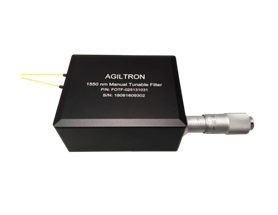
Agiltron’s Manual Grating-Based Fiber Optic Tunable Filter provides a simple way to adjust the center wavelength of a narrow band over a wide band. Wavelength tuning is achieved by rotating a grating using a micrometer. Based on our proprietary optics, we offer extremely low insertion loss, high stability, polarization-independent operation, and high off-band suppression. It is tunable continuously over a wide spectral range. The device presents a most cost-effective solution for OEM applications from fiber optic networks to fiber sensing interrogation.
| Fiber Type |
SM400 |
SM450 |
PM400 |
PM460 |
SM600 |
PM630 |
780HP |
PM780 |
SM800 |
PM850 |
PM980 |
Hi1060 |
50/125
|
SM28 |
PM1550 |
SM1950 |
PM1950 |
| Wavelength (nm) |
360 – 530 |
480 – 650 |
400 – 480 |
460 – 700 |
620 – 650 |
620 – 650 |
760 – 800 |
760 – 800 |
830 – 870 |
830 – 870 |
910 – 1080 |
960 – 1080 |
800 – 1400 |
1250 – 1650 |
1250 – 1650 |
1700 – 2300 |
1700 – 2300 |
| Dynamic Range (dB) |
> 40 |
> 40 |
> 40 |
> 40 |
> 40 |
> 40 |
> 40 |
> 40 |
> 40 |
> 40 |
> 40 |
> 40 |
> 40 |
> 40 |
> 40 |
> 40 |
> 40 |
| Fiber Cover (mm) |
0.9 |
0.9 |
0.9 |
0.9 |
0.9 |
0.9 |
0.9 |
0.9 |
0.9 |
0.9 |
0.9 |
0.9 |
0.9 |
0.9 |
0.9 |
0.9 |
0.9 |
| Optical Power (W) |
0.05 |
0.05 |
0.06 |
0.08 |
0.09 |
0.09 |
0.1 |
0.1 |
0.2 |
0.2 |
0.3 |
0.3 |
0.4 |
0.4 |
0.4 |
0.4 |
0.4 |
| Fiber Length (m) |
1 |
1 |
1 |
1 |
1 |
1 |
1 |
1 |
1 |
1 |
1 |
1 |
1 |
1 |
1 |
1 |
1 |
| Connector |
None |
None |
None |
None |
None |
None |
None |
None |
None |
None |
None |
None |
None |
None |
None |
None |
None |
| PER |
N/A |
N/A |
> 12 |
> 14 |
N/A |
>16 |
N/A |
>18 |
N/A |
>18 |
>18 |
N/A |
N/A |
N/A |
>20 |
N/A |
>20 |
| Datasheet |
 |
 |
 |
 |
 |
 |
 |
 |
 |
 |
 |
 |
 |
 |
 |
 |
 |
| Price |
$𝟧,𝟢𝟢𝟥 |
$𝟦,𝟢𝟤𝟫 |
$𝟧,𝟥𝟥𝟥 |
$𝟦,𝟩𝟩𝟨 |
$𝟥,𝟪𝟣𝟤 |
$𝟦,𝟤𝟫𝟢 |
$𝟥,𝟨𝟢𝟧 |
$𝟦,𝟦𝟪𝟫 |
$𝟥,𝟦𝟤𝟣 |
$𝟥,𝟪𝟢𝟨 |
$𝟥,𝟥𝟣𝟩 |
$𝟥,𝟢𝟫𝟦 |
$𝟤,𝟣𝟤𝟢 |
$𝟤,𝟩𝟥𝟦 |
$𝟥,𝟢𝟫𝟫 |
$𝟥,𝟩𝟦𝟨 |
$𝟨,𝟪𝟤𝟤 |
| Buy |
 |
 |
 |
 |
 |
 |
 |
 |
 |
 |
 |
 |
 |
 |
 |
 |
 |
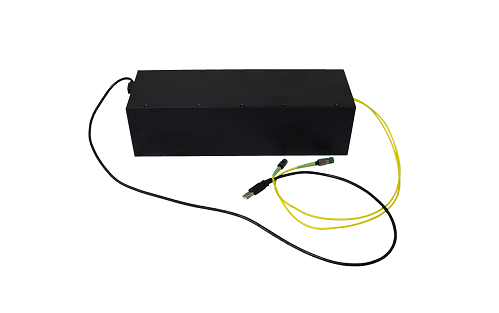
Agiltron’s Electrically Tunable Grating-Based Fiber Optic Filter provides a simple way to adjust the center wavelength of narrow band over wide band. Wavelength tuning is actuated by driving a built-in precise stepper motor through the interface of USB or RS232.
Based on our proprietary optics, Agiltron offers extremely low insertion loss, high stability, polarization-independent operation, and high off-band suppression. It is tunable continuously over a wide spectral range. The device presents the most cost-effective solution for OEM applications from fiber optic networks to fiber sensing interrogation.
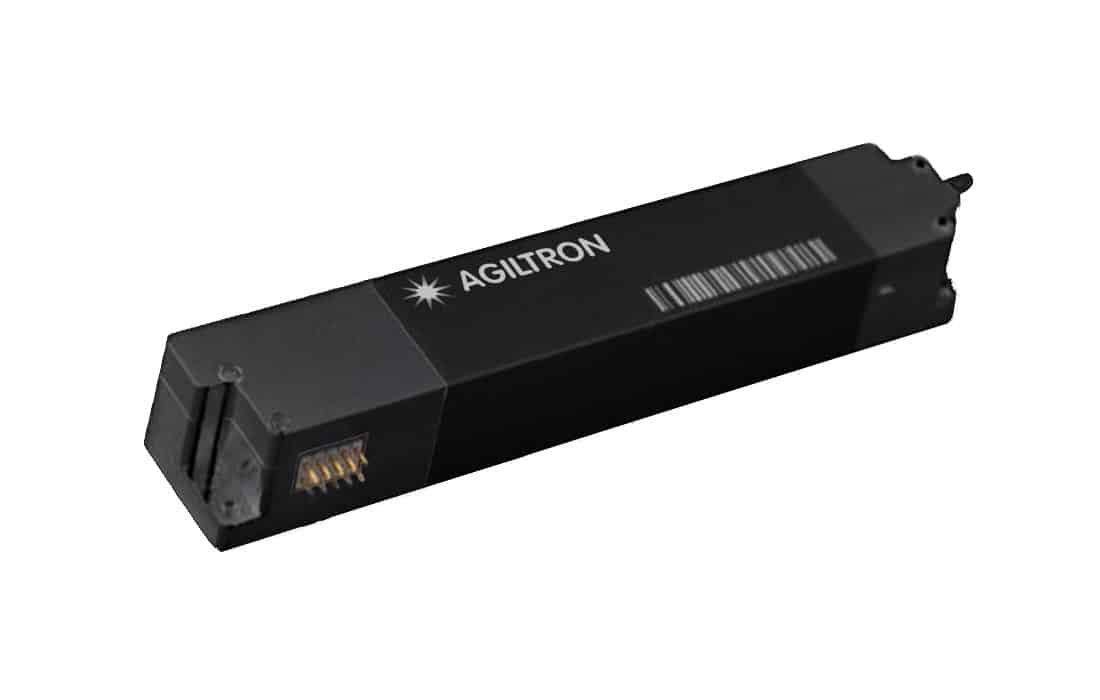
The TTFG series tunable optical filter integrates a fiber Bragg grating (FBG) with a thermally controlled tuning platform to provide narrow-linewidth filtering with wide center-wavelength adjustability. Two configurations are available: a two-port reflection version that functions as a tunable notch filter, and a three-port transmission-reflection version with an integrated circulator that operates as a tunable bandpass filter. Standard FBG linewidths are offered from 0.07 nm to 2 nm, with narrower custom designs available. We produce custom FBGs from 350 nm to 2500 nm, with a typical one-time setup fee of approximately $1,800. Our circulators cover 350–2200 nm, enabling broad system compatibility for three-port TTFG solutions. The module includes an integrated driver with USB GUI control for plug-and-play operation, along with a DC power supply.

Based on our proprietary thin film cavity filter technology, we produce Fiber Optic Tunable Filters with central wavelengths ranging from 1060nm to 2050nm. We can also create filters with other central wavelengths. They are tunable continuously over a wide spectral range of up to 100 nm with a peak bandwidth of 1nm. Filters with longer central wavelengths have a larger tuning range. The wavelength tuning is actuated by driving a built-in precise stepper motor through the interface of USB or RS232. Our unique high reliability and low insertion loss design present the most cost-effective solution for OEM applications, from fiber-optic networks to fiber sensing interrogation.
The current standard configurations are in volume production, thus providing low-cost benefits. Filters with other wavelengths are available but require an extra cost to produce.
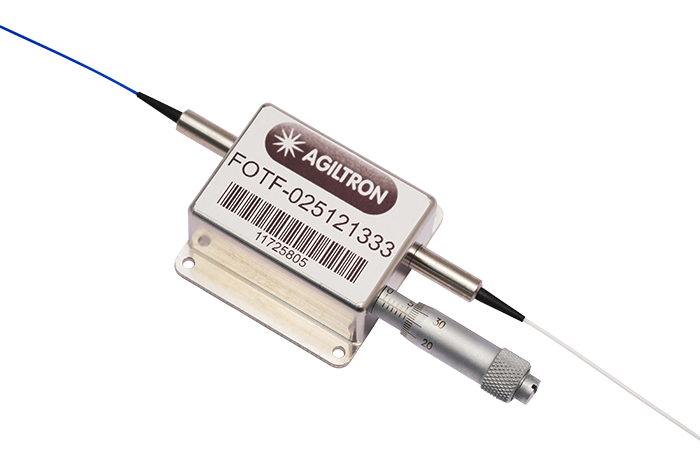
Based on our proprietary thin film cavity filter technology, we manufacture Fiber Optic Tunable Filters with central wavelengths ranging from 750nm to 2450nm. These filters are continuously tunable over a wide spectral range of up to 100nm, with a peak bandwidth of 3nm. Longer center wavelengths offer a larger tuning range. The tuning mechanism involves manually rotating a mirror using a precise micrometer. The filters feature low insertion loss, making them a preferred solution for OEM applications ranging from fiber optic networks to fiber sensing interrogation. Our standard configurations are currently in volume production, providing a low-cost benefit. Customization for other wavelengths is available at an additional cost.
These grating-based tunable filters block the off-bands.
To measure the insertion loss of a tunable optical bandpass filter—whose passband shape rarely matches the test laser spectrum—you must use a broadband source and a reference trace; first, connect the broadband fiber-coupled source directly to the OSA and sweep once over the filter’s specified wavelength range, saving this as Trace A; next, route the broadband source into the tunable filter and connect the filter’s output to the OSA as Trace B; then set the OSA to compute Trace C = Trace B − Trace A and perform an automatic sweep across the wavelength range while tuning the filter’s micrometer to shift the passband peak; at each wavelength of interest, use the OSA’s peak-search function on Trace C to read the insertion loss.

Based on our proprietary thin film cavity filter technology, we offer Fiber Optic Tunable Filters with central wavelengths of 1060nm, 1310nm, 1550nm and 2000nm. They are tunable continuously over a wide spectral range up to 80nm. The wavelength tuning is made by manually rotating a precise micrometer. Our unique high reliability and low insertion loss design presents the most cost-effective solution for OEM applications from fiber optic networks to fiber sensing interrogation.
These grating-based tunable filters block the off-bands.
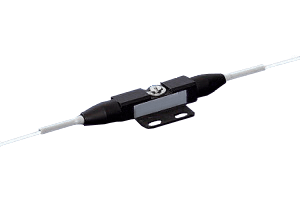
Agiltron offers Miniature Fiber Optic Tunable Filters featuring polarization insensitivity, low loss, and low cost with central wavelengths of 1060nm, 1310nm, 1550nm, and 2000nm. They are tunable continuously over a wide spectral range of up to 80 nm. The wavelength tuning is made by manually rotating a screw. A position locking screw is incorporated. The center wavelength and the bandwidth can be customized in accordance with the requirements. High average power handling up to 10W is available. Agiltron’s unique high reliability and low insertion loss design presents a most cost-effective solution for OEM applications from fiber lasers, optic networks, fiber sensing systems.
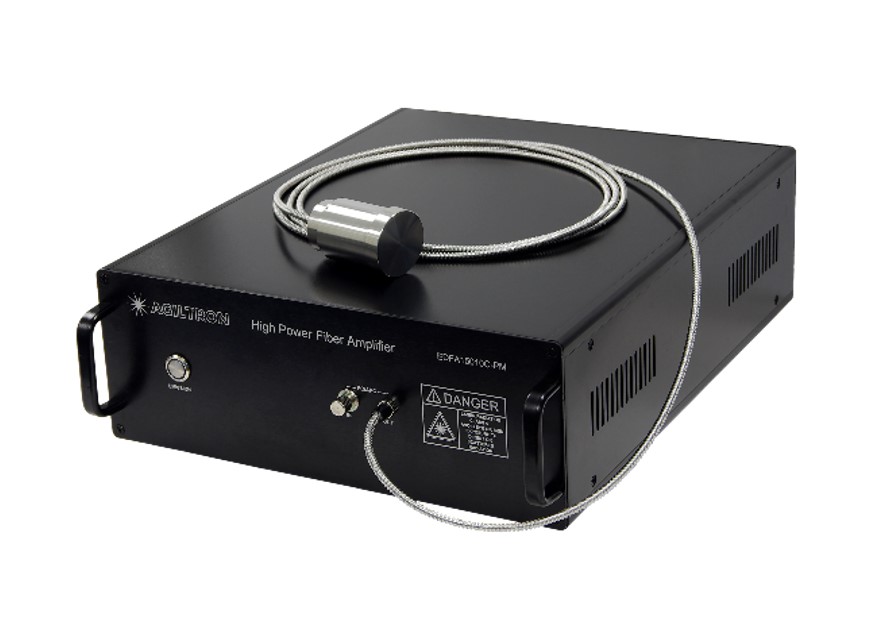
The SUTL is a fiber-coupled, single-mode tunable laser delivering up to 0.5 mW per 0.7 nm linewidth peak with more than 5 W of average power across an ultra-broad spectral range of 450–2200 nm. It offers power stability (<0.5% RMS) and is based on a supercontinuum laser platform operating at repetition rates up to 4 MHz. Wavelength tunability is achieved via a fiber-optic tunable filter providing a typical 200 nm tuning range, extendable using multiple filters. The single-mode output exhibits minimal polarization dependence, while the polarization-maintaining (PM) configuration delivers highly stable polarized light with an extinction ratio up to 35 dB. The standard configuration provides free-space output through a photonic crystal fiber (PCF) terminated with a fused glass core endface to prevent damage. Because the PCF mode field differs significantly from conventional fibers, direct connectorized coupling typically incurs losses exceeding 10 dB. To address this, mode-field-adapter splicing is available with various fiber types to maintain single mode characters with standard connectors for convenient integration. Optional output isolators ensure operational stability in systems subject to back-reflections. The SUTL is offered as a turnkey, plug-and-play benchtop system ideal for scientific and industrial.
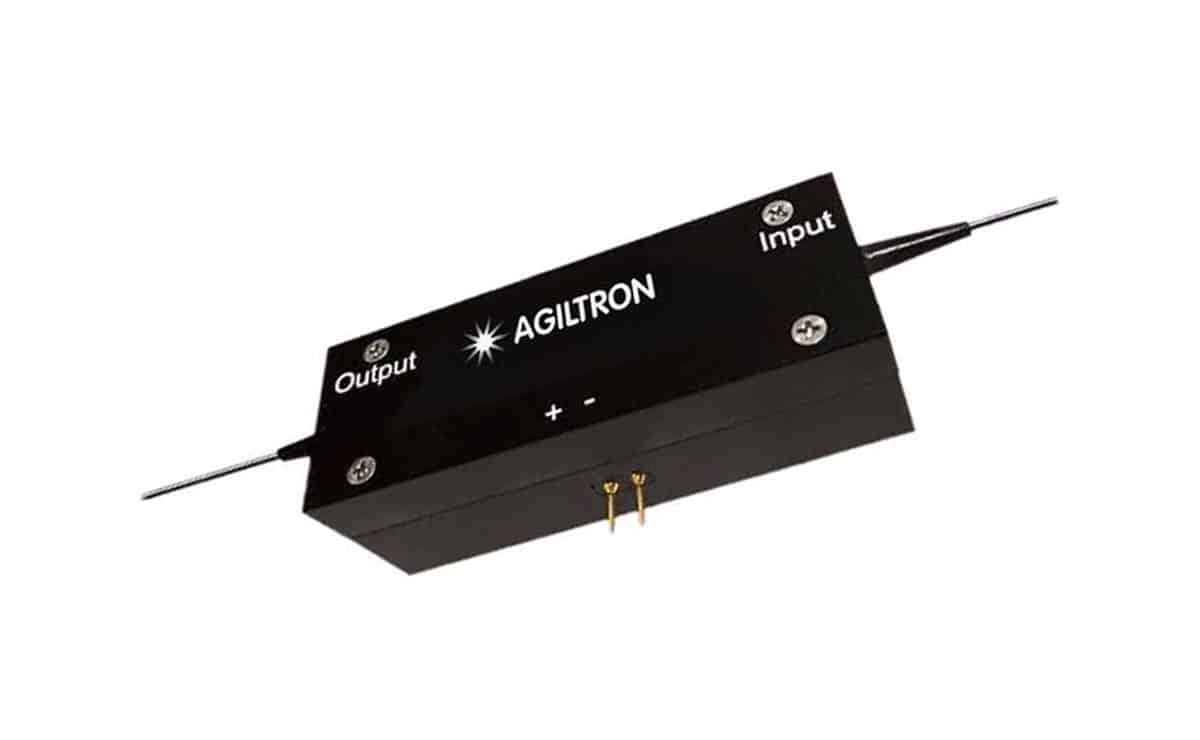
The FPTF is a fiber-coupled Fabry-Perot Tunable Filter based on a fiber tip-gap etalon cavity driven by a piezoelectric actuator. It features narrow linewidth, wide tuning range, low optical loss, and fast tuning speed. The tuning range exceeds 100 nm, corresponding to the etalon’s first-order free spectral range (FSR). Tuning beyond one FSR enters higher interference orders, potentially degrading signal quality. The piezo actuator supports scanning rates up to ~1 kHz, with resonant operation near 30 kHz. Due to inherent piezo drift, closed-loop feedback is recommended for wavelength stabilization. A full-function controller with small-amplitude dithering is available for precise tuning and control. The filter remains transparent outside its tuning band. The FPTF provides a cost-effective solution for high-speed wavelength scanning, spectroscopy, and tunable source applications requiring moderate finesse and rapid tuning.








